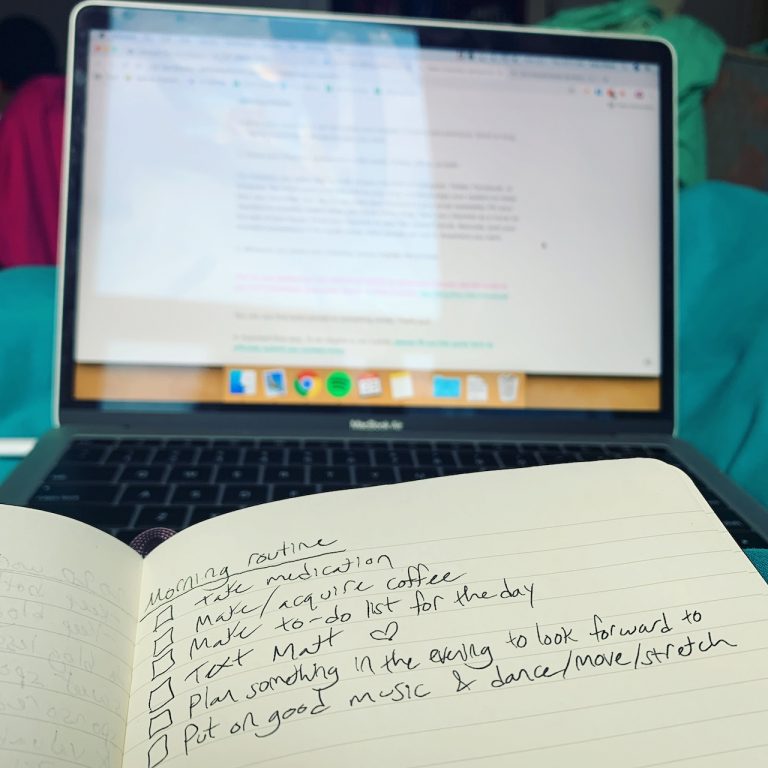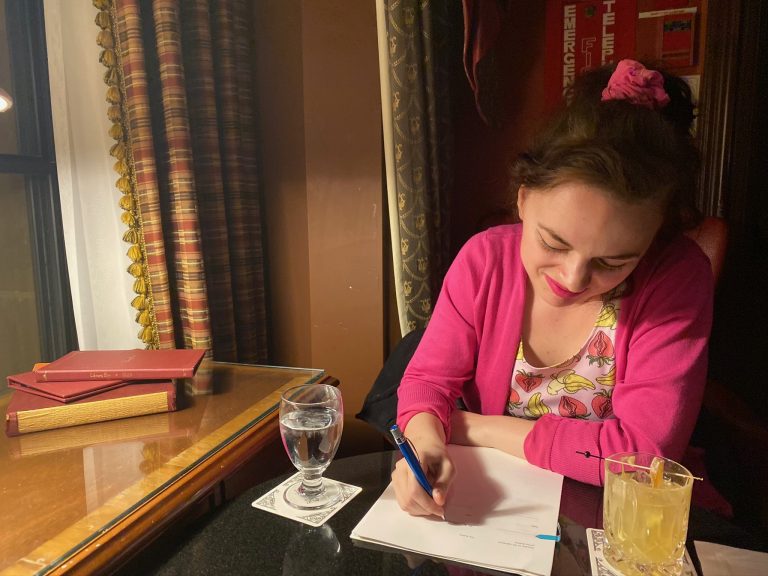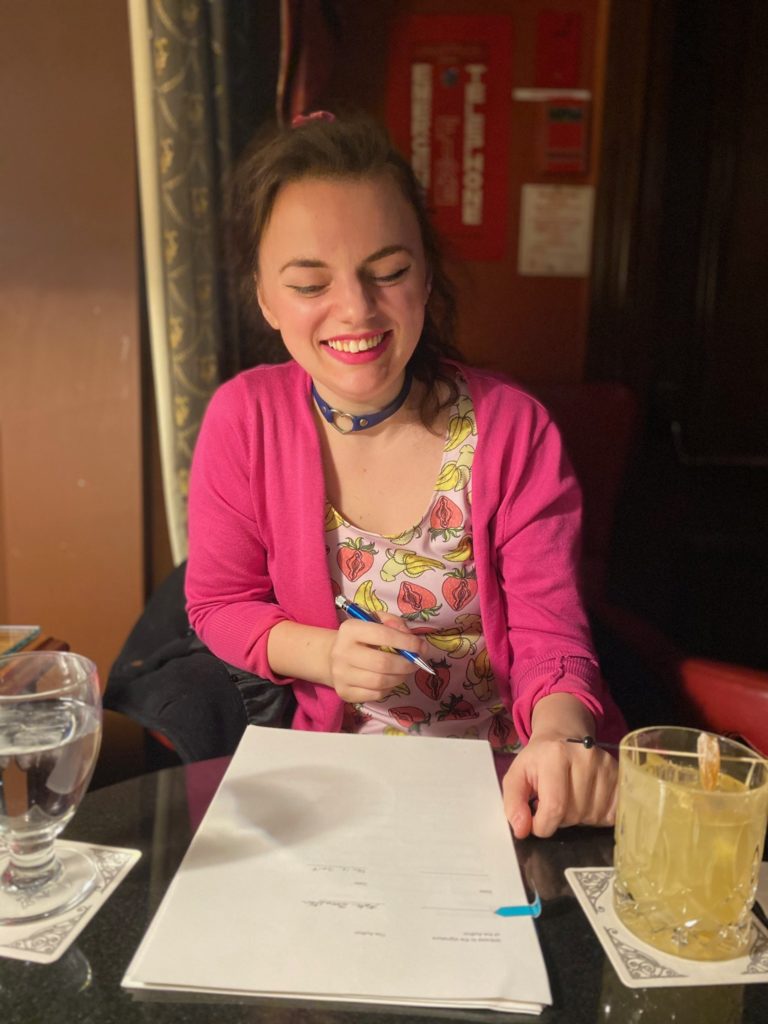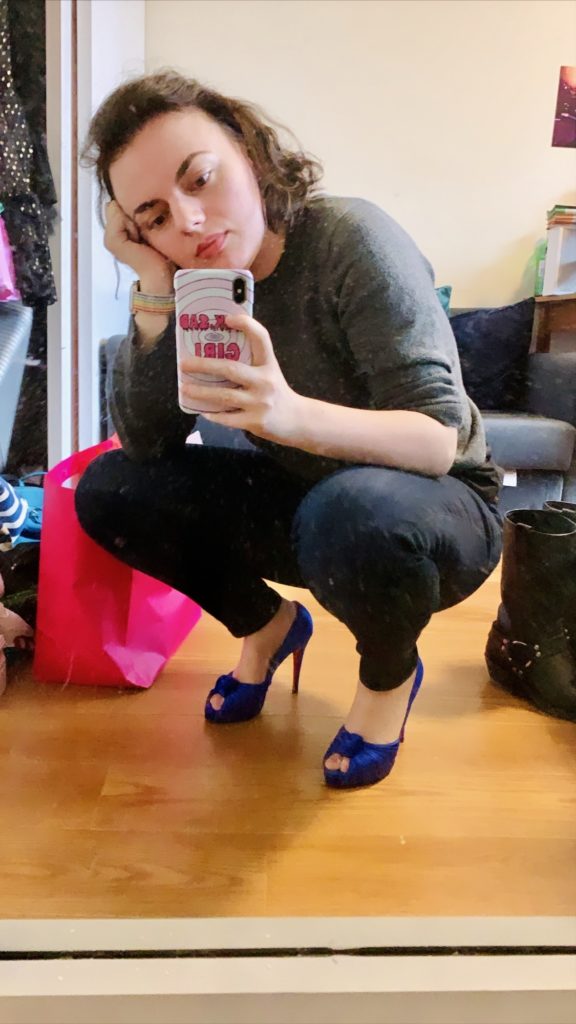 Sundays are the most anxiety-provoking day of the week for many people. For those of us with a standard Monday-to-Friday work week (which is, itself, a privilege in many ways), pre-emptive Monday nerves can sneak into Sunday and turn it from a relaxed respite into pins-and-needles panic. It doesn’t have to be this way!
Sundays are the most anxiety-provoking day of the week for many people. For those of us with a standard Monday-to-Friday work week (which is, itself, a privilege in many ways), pre-emptive Monday nerves can sneak into Sunday and turn it from a relaxed respite into pins-and-needles panic. It doesn’t have to be this way!
Recently I read, with fascination, Rachel Syme’s Twitter thread about her favorite way to spend a Sunday. She calls it “Sunday Expert” and it’s a game in which you choose a subject you’re organically intrigued by and decide to make a day of becoming an expert on that thing. This can involve doing research in the form of article-reading and video-watching, or you can take a more feet-on-the-ground approach and physically go to a location that would help you in your research – you might, for example, scope out a house near you where a historical legend used to live, or (in pre- and post-COVID times) even visit a library to satiate your nerdy cravings. To me this seems like such a great way to infuse some fun and frivolity into a day that can otherwise feel so high-pressure and scary.
Rachel Syme also, incidentally, started the #DistanceButMakeItFashion movement, which encourages participants to dress up on Sundays and post pictures on social media to combat lockdown loneliness and pandemic melancholy. There is something about wearing heels and lipstick on a Sunday that helps me feel like I spent my weekend well and am ready for the week to start up again.
I know a lot of advocates of the Getting Things Done (GTD) system like to do their “weekly review” on Sundays. It’s all about processing “loose ends” – like that cheque on your desk you’ve been meaning to deposit, or that note you made early in the week that says “call mom” – as well as reflecting on how you did over the past week and setting goals and intentions for the week to come. This is all very Productivity Nerd™ and I admire it a lot, although I have to admit that my own workflow and energy levels are too chaotic for me to decisively commit to such a system.
My blogger heroine Gala Darling, on the other end of the productivity/relaxation spectrum, has oft advocated for “Sunday Funday,” a weekly ritual of just… not working, all day. For those of you who leave your work at the office when you go home on Friday, this might be a bit confusing, but for freelancers and other self-employed folks (as well as many people whose workplaces just don’t have a good handle on boundaries), it’s all too easy to let your work week carry over into the weekend. This creates a shitty cycle where you don’t get the rest you need and then suddenly it’s Monday morning and you’re just as exhausted as you were last Thursday. Not ideal! I’ve been trying to take this one to heart over the past few months, typically eschewing emails and other less-than-exciting work tasks in favor of rest and recuperation, and it’s lovely.
I asked my Twitter followers about their Sunday routines (thanks, if you contributed!) and the answers varied greatly, though there were some recurring themes: cleaning, planning, laundry, aesthetic top-ups (like re-painting nails or doing an elaborate skincare routine), exercise, and meditation. This all sounds pretty excellent to me!
As for my current routine… Recently my partner and I overhauled our protocol agreements, and one of the things we added was a weekly to-do list for me to complete over the weekend. This list of tasks was always done unofficially before – which is to say, sometimes it didn’t get done at all – but now it’s codified into a digital note which syncs to my partner’s devices so they can keep an eye on my progress. The list is pretty simple: tidy my room, clean out the fridge, take the trash out, do all the dishes, and wash all the dirty sex toys that have piled up over the course of the week. I can do these any time throughout the weekend, but I usually leave ’em til Sunday so I get at least one full day beforehand to do nothing, guilt-free.
What I like about this list is that I can alter the way I complete it in accordance with my energy levels and health status on any given Sunday. On healthy, happy, energetic days, I can knock out the whole list in an hour. When I’m feeling more sluggish or depressed, I might complete one task, rest for a while, do another one, read a chapter of a book, do another one, play video games for a bit, and so on. I do feel motivated to complete the list ASAP, however, because then I get the feeling of accomplishment of having ticked off every item on a list and I don’t need to feel guilty when I take the rest of the day to just chill.
This all sounds very Jordan Peterson of me – “Keep your room tidy and your whole life will feel structured and satisfying!” – but, hey, even a bigoted conservative clock is right twice a day (I guess…). Starting the week with a clean apartment makes me feel so much more able to take on the challenges the week will serve up. It also means I don’t have to juggle multiple energy-draining tasks on work days, when I’m already generally pretty tapped out by the time I close my laptop at 5 p.m. (or 6, or 7, or… 10).
As part of my tidying, I usually come across items I’ll need for the week ahead – like a sex toy I’m on deadline to review, or a page of notes from a client call – and I’ll collect those in an orderly way on my desk so they’ll be accessible when I want ’em. This makes me feel so much more sane and less stressed out all week long.
This is what works for me right now – I’m sure it’ll continue shifting and evolving as I learn more and more about my own patterns and needs. What are your Sunday routines and rituals?
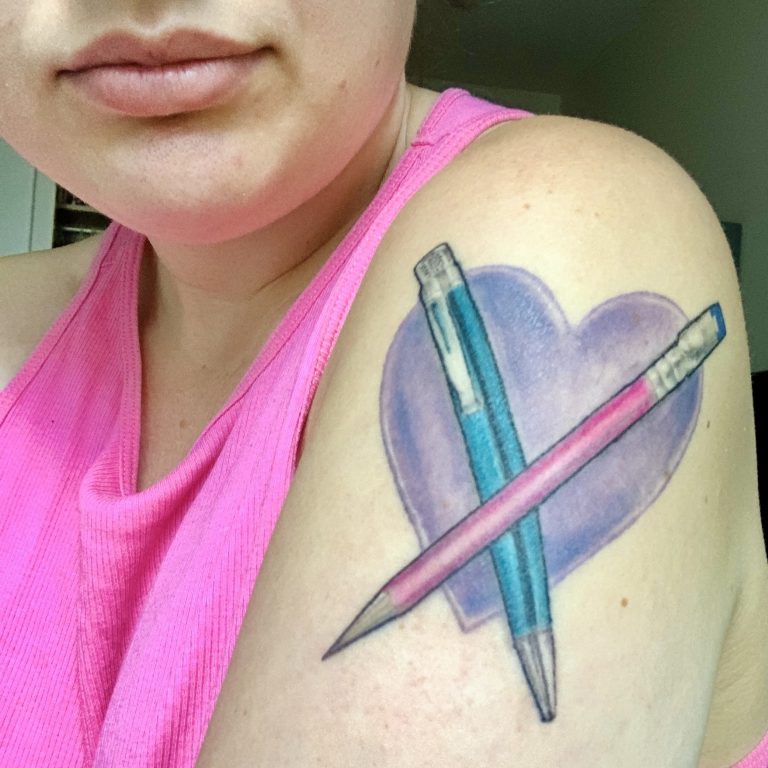
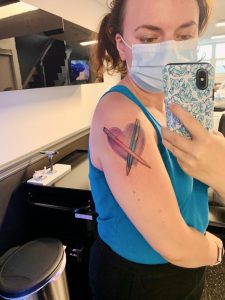 On the day of my appointment, I took all my usual safety measures (mask, hand sanitizer, obsessive hand-washing), and took an Uber to the studio. The tattooing stations were appropriately socially distanced, and the few other people present were all wearing masks the entire time. Laura wiped down my phone and Kindle to sanitize them when I arrived, so I could use them safely while getting tattooed. We discussed layouts and colors a bit, settled on the design I wanted, and then started the inking process.
On the day of my appointment, I took all my usual safety measures (mask, hand sanitizer, obsessive hand-washing), and took an Uber to the studio. The tattooing stations were appropriately socially distanced, and the few other people present were all wearing masks the entire time. Laura wiped down my phone and Kindle to sanitize them when I arrived, so I could use them safely while getting tattooed. We discussed layouts and colors a bit, settled on the design I wanted, and then started the inking process.